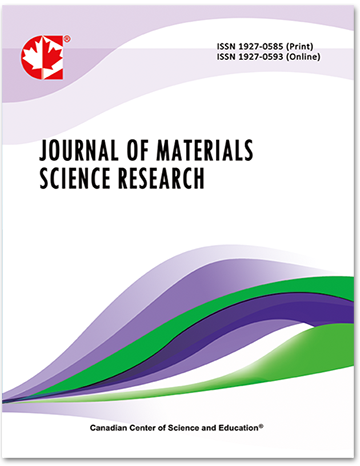Use of MUF Resin for Improving the Wheat Protein Binder in Particle Boards Made from Agricultural Residues
- Neda Nikvash
- Markus Euring
- Alireza Kharazipour
Abstract
This work was focused on the production and characterization of lightweight and water resistance particle boards with various lignocellulosic materials of the annual plants hemp (Cannabis sativa L.), canola (Brassica napus L.) and bagasse (Saccharum officinarum L.) in admixtures with industrial wood. Some chemical properties of these annual plants were investigated to find out their chemical characteristics in wood composites production. In all board variants 100% of the middle layers consisted of chips from one of the above annual plants. Reference boards were 100% beech wood. Laboratory manufacturing treatments included two panel density levels (500 and 600 kg/m3) and three resin types (urea-formaldehyde, melamine-urea-formaldehyde and wheat protein).
Water absorption and thickness swelling of the laboratory manufactured boards were improved by adding melamine to urea-formaldehyde resin and by adding water repellent chemicals. The mechanical properties of the boards produced met the requirement for the general purpose product standards (EN 312-2) at both 500- and 600- kg/m3 densities. Decreasing the density, negatively affected the bending (modulus of rupture) and internal bond properties of canola boards. This decreasing trend was also observed for modulus of rupture values in bagasse boards of 500 kg/m3 density.
Based on the results of the chemical analysis, it might be concluded that high values of ash content and lower values of hemicellulose and lignin content caused low physical properties and/or high water absorption of canola boards. The findings indicated that hemp and bagasse are valuable renewable natural resources for particleboard production and could be utilized as a substitute for wood in board production. In comparison with the reference boards, mixed variants boards showed surprisingly good results and generally conformed to European standards (EN 312-2) values.
- Full Text:
 PDF
PDF
- DOI:10.5539/jmsr.v2n2p126
Journal Metrics
Impact Factor 2022 (by WJCI): 0.583
Google-based Impact Factor (2021): 0.52
h-index (December 2021): 22
i10-index (December 2021): 74
h5-index (December 2021): N/A
h5-median (December 2021): N/A
Index
- CAS (American Chemical Society)
- CNKI Scholar
- Elektronische Zeitschriftenbibliothek (EZB)
- EuroPub Database
- Excellence in Research for Australia (ERA)
- Google Scholar
- Infotrieve
- JournalTOCs
- LOCKSS
- NewJour
- PKP Open Archives Harvester
- Qualis/CAPES
- SHERPA/RoMEO
- Standard Periodical Directory
- Universe Digital Library
- WJCI Report
- WorldCat
Contact
- John MartinEditorial Assistant
- jmsr@ccsenet.org
